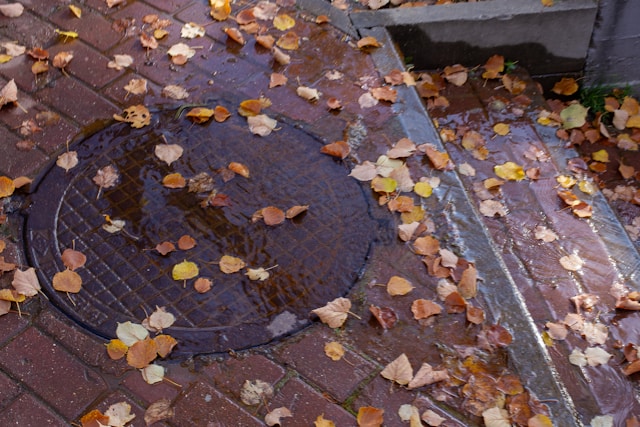Slip and fall accidents can happen anywhere, from homes to public spaces. Assigning responsibility involves analyzing the circumstances and identifying who is legally required to maintain a safe environment.
Who Is Responsible?
- Property Owners: Have a duty to keep premises reasonably safe and warn visitors of hazards.
- Occupiers and Tenants: Individuals controlling a property may also be liable for accidents.
- Third Parties: Contractors or maintenance companies may be responsible if they created or failed to address hazards.
- Government Entities: Public property owners, including municipalities, must maintain safe sidewalks, parks, and public buildings.
Factors Influencing Liability
- Foreseeability: Was the hazard known or reasonably predictable?
- Negligence: Did the responsible party fail to fix hazards, provide warnings, or maintain the property?
- Contributory Negligence: The injured person’s own actions, such as distractions or unsafe behavior, can reduce compensation.
Steps to Establish Liability
To prove a slip and fall case:
- Document hazards through photos and reports.
- Gather witness statements.
- Maintain medical records linking injuries to the accident.
- Work with a personal injury lawyer to assess negligence and pursue compensation.
Conclusion
Determining fault in slip and fall incidents is complex. A legal professional can help clarify rights, evaluate evidence, and ensure that property owners, occupiers, or third parties are held accountable when negligence causes injury.

